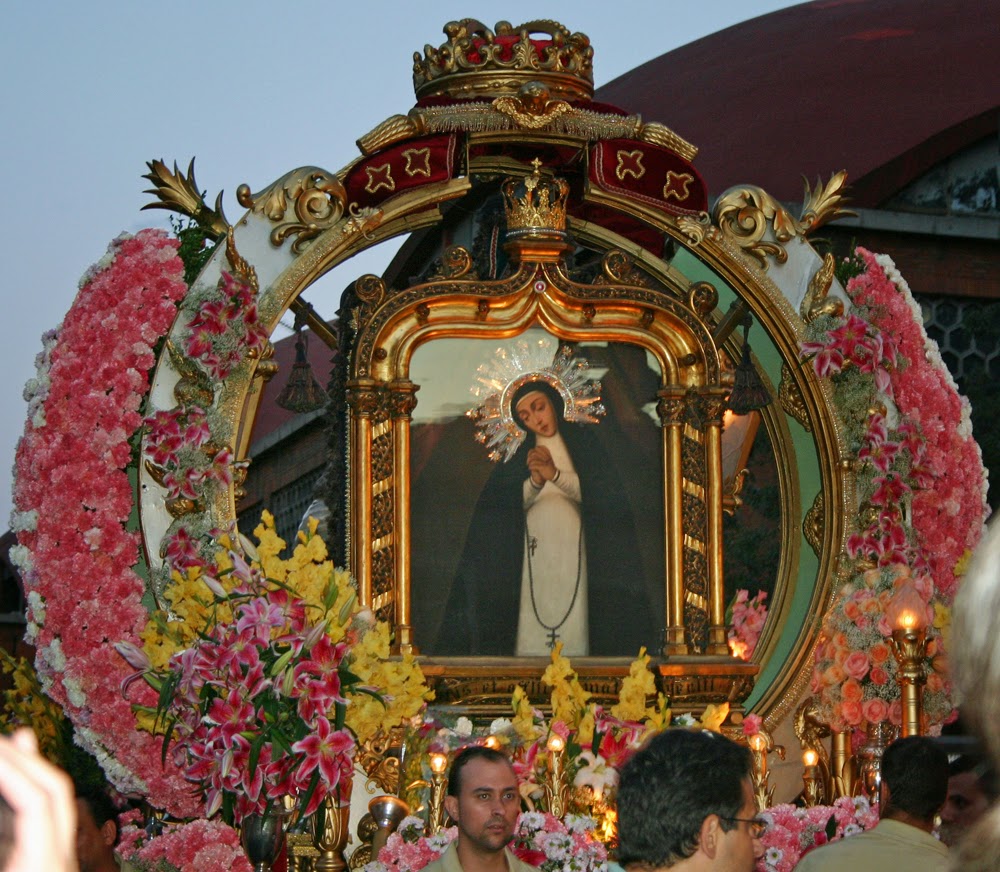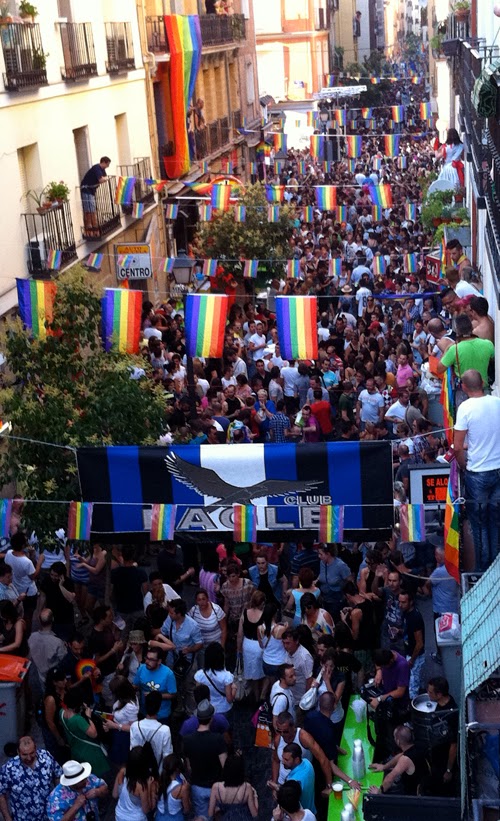Spain has been in mourning this week. Adolfo Suárez González, the first
democratically elected Presidente del
Gobierno (Prime Minister) after Franco’s dictatorship, died on Sunday (March 23).
Suárez was Prime Minister from 1977 until 1981, as Spain
transitioned from dictatorship to democracy – what the Spanish call simply "La Transición" (The Transition).
Now, and this is probably something you'll hear from time-to-time in this blog, it completely blows me away that the country in which
I am living has been a democracy for only 37 years.
I’m sure that’s because I come from a country that has only
ever known democracy (at least for its non-indigenous citizens), which probably
makes me a little naive. And my Eastern European friends will remind me that
their democracies are even younger. But that still doesn’t dull my fascination
and (even) awe.
There are some aspects of Spain that I wonder might be signs
that the democracy is still young(ish). Corruption, that so flourished during the
dictatorship, is still rife in the political and business worlds (although the
country been getting a better handle over it just in the years that I’ve lived
here); the virtually undisguised disdain which many of the powerful still hold
towards ordinary people; the influence that the Church blatantly still tries to
wield and the strikingly authoritarian views that often appear in the
conservative media (some of the worst offenders being TV and radio stations owned by these same Bishops), are some examples.
But there are positives too. One, for me, is the fervour
with which the Spanish protect their rights and freedoms. Perhaps this is because
there are so many people still alive who remember living without them. I think
that in some slightly older democracies, like my own, we take these rights so
for granted that we can sleepwalk into them being eroded.
Spaniards on the other hand, are very quick to recognise a
threat and organise themselves to fight it – often into massive movements. I’ve
mentioned before the astounding number of manifestaciónes (demonstrations) that have been held in Spain since
the economic crisis hit - 25,461 just last year! And
whilst it is true that most of these have their roots in the economy, many
people think the measures being taken to combat the crisis are also leading to an
erosion of their rights and freedoms.
There have been the mareas ciudadanes (citizens' tides) of varying colours (white for health, green for education,
violet for women’s rights), movements for better democracy have camped out for
months in Madrid’s central Puerta de Sol square and people have marched from all
points of the country to converge into macro-manifestaciónes
in the capital.
The sheer number, participation, energy, variety and (in the
vast majority of cases) peaceful and festive natures of these demonstrations
have been truly awe-inspiring to me, as an extranjero.
Things did get very ugly just the other day though: 67 police and 34 protesters were injured when violence broke out at the end of a demonstration, in scenes like nothing I had ever seen in all the demonstrations I witnessed whilst living in Madrid (and I saw a lot of them). I hope it's not a sign of things to come…
Regardless of whether I’m right to (perhaps cheekily, or
worse) suggest that these are signs of Spain’s democracy being
“young”, there is no denying it is strong and modern – something that most Spaniards
are very proud of.
And that takes us back to Adolfo Suárez. Just about everyone
I’ve heard talk of him this week, including ordinary Spaniards, interviewed as they
waited in a two and-a-half km queue for their turn to file past his coffin, agree
that the road to Spain’s democracy might have been very different without
Suarez and his ability to both find consensus and persuade during the very tricky
time that was La Transición.
And it is for this, much more than simply being the first
democratically elected PM, that Suárez was farewelled with such honours. The
title of this post I’ve taken from a newspaper headline and sums up
perfectly how Spain sees Adolfo Suarez: he was the man who changed the history
of the country. And just 37 years ago(!)












